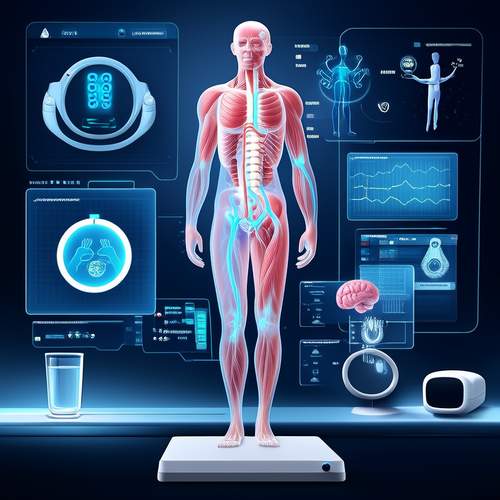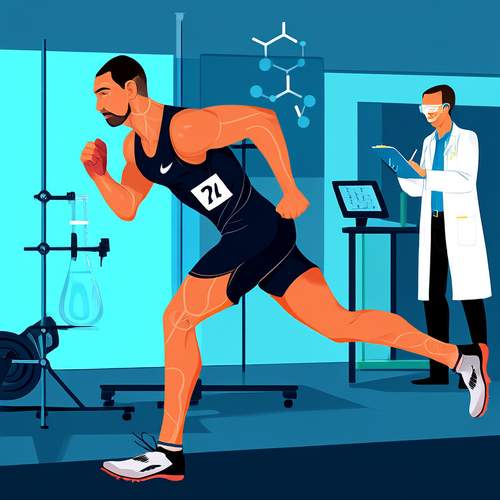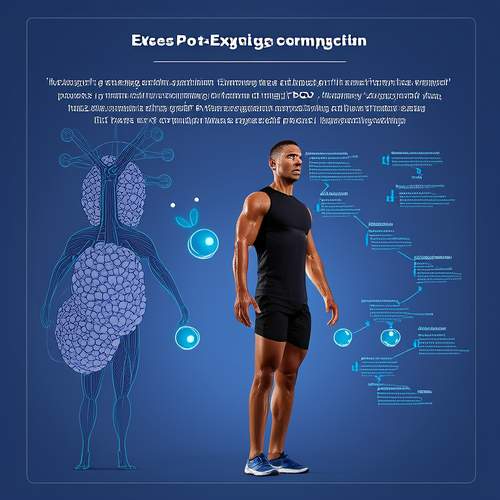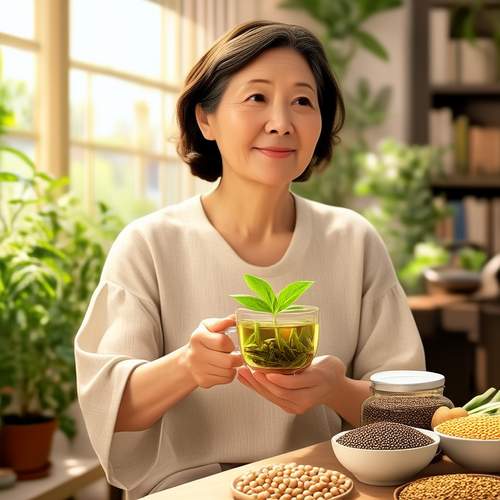For women navigating the complex transition of menopause, plant estrogens have emerged as a fascinating area of both scientific research and holistic health practices. These naturally occurring compounds, found in various foods and herbs, mimic the effects of human estrogen in the body—albeit with milder activity. As hormone levels fluctuate dramatically during perimenopause and menopause, many women seek alternatives to conventional hormone replacement therapy (HRT), turning instead to phytoestrogens for relief from hot flashes, mood swings, and other disruptive symptoms.
The term phytoestrogen refers to a diverse group of plant-derived compounds structurally similar to 17β-estradiol, the primary female sex hormone. They bind to estrogen receptors in the body, though their effects can vary depending on tissue type and hormonal context. Unlike synthetic hormones or even bioidentical HRT, phytoestrogens offer a more nuanced modulation of estrogenic activity—sometimes acting as agonists (stimulating effects) and other times as antagonists (blocking effects). This biphasic behavior makes them particularly intriguing for menopause management, where both estrogen deficiency and excess can pose risks.
Among the most studied phytoestrogens are isoflavones, found abundantly in soybeans, chickpeas, and lentils. Asian populations with traditionally high soy consumption, for instance, report significantly lower rates of menopausal hot flashes compared to Western women. Lignans, another subclass prevalent in flaxseeds and whole grains, exert weaker estrogenic effects but may contribute to long-term health benefits like cardiovascular protection. Even lesser-known compounds like coumestans in alfalfa sprouts or stilbenes (e.g., resveratrol in red wine) show promise in preliminary studies.
What sets plant estrogens apart is their potential to offer symptom relief without the risks associated with conventional HRT, such as increased breast cancer or thrombosis incidence. However, the science remains far from conclusive. Some clinical trials demonstrate measurable reductions in hot flash frequency with soy isoflavone supplementation, while others show negligible effects. This inconsistency may stem from variations in study design, individual gut microbiota (which metabolize phytoestrogens), or genetic differences in estrogen receptor sensitivity. What works remarkably for one woman might prove ineffective for another.
Beyond symptom management, phytoestrogens may confer broader health advantages during menopause. Osteoporosis prevention is a key area of interest, as the drop in estrogen accelerates bone density loss. Genistein, a prominent soy isoflavone, appears to stimulate bone formation in postmenopausal women without adversely affecting uterine tissue—a notable advantage over some HRT formulations. Cardiovascular effects are more debated, though certain meta-analyses suggest modest improvements in arterial flexibility and LDL cholesterol levels with regular phytoestrogen intake.
Critics argue that the estrogenic activity of these compounds, however mild, warrants caution—particularly for breast cancer survivors or women with estrogen-sensitive conditions. The scientific community remains divided on whether phytoestrogens might stimulate hormone-responsive tumors or conversely, protect against them through receptor competition. What’s clear is that blanket recommendations are unwise; personalized approaches considering medical history and current health status are essential.
For women considering phytoestrogen supplementation, dietary sources generally pose fewer risks than concentrated extracts. Traditional fermented soy products like tempeh or miso offer superior bioavailability due to microbial preprocessing of isoflavones. Flaxseeds, when ground, release lignans more readily. Even coffee and hops contain trace phytoestrogens, though their clinical relevance is minimal. The Mediterranean diet, rich in legumes, seeds, and polyphenols, inadvertently provides a spectrum of these compounds alongside other nutritive benefits.
The interplay between phytoestrogens and the gut microbiome adds another layer of complexity. Equol, a metabolite of daidzein (a soy isoflavone), exhibits particularly strong estrogenic activity—but only about 30-50% of Western women harbor gut bacteria capable of this conversion, compared to higher rates among Asian populations. This microbial variance might explain why some women experience dramatic benefits from soy while others notice little effect. Emerging probiotic formulations aim to enhance this conversion, though long-term studies are lacking.
As research evolves, so does our understanding of phytoestrogens’ role in menopause. They represent neither a panacea nor a hazard, but rather a sophisticated toolkit for hormonal modulation that demands respect for individual variability. While they cannot fully replicate the effects of endogenous estrogen, their multifaceted actions—ranging from antioxidant properties to inflammatory modulation—suggest broader therapeutic potential than mere symptom palliation. For now, informed experimentation under medical guidance, coupled with whole-food sources, appears the wisest approach to harnessing their benefits while mitigating unknowns.
The cultural dimension of phytoestrogen use warrants reflection. Traditional medicine systems like Ayurveda and Traditional Chinese Medicine have utilized estrogenic herbs like shatavari or dang gui for centuries, often with ceremonial reverence for their life-stage modulating properties. Modern science increasingly validates these historical practices, albeit through reductionist lenses that sometimes overlook synergistic plant matrices. Perhaps the most balanced perspective integrates evidence-based nutrition with time-honored wisdom, acknowledging that menopause management transcends biochemistry to encompass psychosocial and even spiritual dimensions.
Ultimately, the conversation around plant estrogens and menopause reflects larger tensions in women’s healthcare—between medicalization and holistic approaches, between standardized treatments and personalized care. As women increasingly demand autonomy over their menopausal journeys, phytoestrogens offer a middle path: nature-derived compounds whose subtle intelligence we are only beginning to decipher. Their greatest promise may lie not in isolated extracts, but in reminding us of food’s profound pharmacologic potential when consumed as part of a conscious, culturally attuned lifestyle.

By /May 21, 2025

By /May 21, 2025

By /May 21, 2025

By /May 21, 2025

By /May 21, 2025

By /May 21, 2025

By /May 21, 2025

By /May 21, 2025

By /May 21, 2025

By /May 21, 2025

By /May 21, 2025

By /May 21, 2025

By /May 21, 2025

By /May 21, 2025

By /May 21, 2025

By /May 21, 2025

By /May 21, 2025

By /May 21, 2025

By /May 21, 2025

By /May 21, 2025